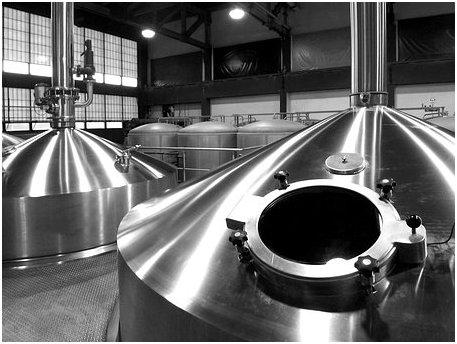Tanks for surface water

Compact (modular) water treatment plants are an efficient, low-cost solution for both installation and maintenance. Thanks to the design, they are easy to carry and do not require extra construction work to treat the water, reaching the drinking parameters within a few days of the start of the installation.
The flow of water treatment
PCAS is extremely suitable for surface water treatment (lakes, rivers, etc.), which are usually watered with high suspended solids, turbidity and possibility of bacteria (some of which are pathogenic), viruses and plankton.
The proposed treatment facility consists of a basic chemical and physical water treatment line for surface water, which guarantees their portability through the following process:
Pumping the supply water through a coarse retention filter.
The reactive dosing system is made of:
- PH adjustment 7.2-7.6
- Dosage of flocculant
- Oxidative dosing (sodium hypochlorite)
- Lamellar decanter
- Water tank treated.
- Pump group for feeding filters.
- Automatic silex-anthracite filters (active charcoal).
- Post Chlorination.
- Control panel and automation.
Depending on the water supply characteristics, this general treatment may require completion with other procedures. See here.
Operation system treatment station – Coagulation / Flocculation / Oxidation / PH Control
Surface waters contain a large number of colloidal substances. These substances have a specific weight very close to that of water and practically they remain in suspension for a long time. This stability of colloidal particles is because in an aqueous solution around these particles, films with electric charges of the same sense, which make the particles to reject each other, are formed. In order to accelerate the decanting process, certain reagents are used which, by dissolving them in the water, produce colloidal particle ions. Partial neutralization of these tasks leads to the agglomeration of colloids in larger and heavier flocs, thus reducing the deposition time.
By this coagulation-flocculation process, there is a considerable reduction in turbidity and watercolor. Also, in the phases of agglomeration and deposition of the flocs, there is also partial entrainment of organic substances and bacteria containing raw water.
The oxidation is carried out using a sodium hypochlorite dispensing pump in the main conduit in order to increase the oxidation rate of iron and oxidizable organic matter. This procedure removes the various gases in water (hydrogen sulfide, ammonia, etc.), but also provides permanent antibacterial protection.
Due to the pH variation, it is necessary to correct it in such a way that the waters have a pH of between 6.5 and 8.5.
The amount of chemical dosed is based on chemical characteristics and water impurities.
The system consists of:
- flocculant dosing pump (aluminum sulfate Al2 (SO4) 3)
- dispensing pump for oxidation (sodium hypochlorite dosing)
- pH correction is made using 98{6005fe00238ed0ec29dcf4f9ca8b03a9042cdf9ccd9cfcf46fbf772e3d1d5bdd} H2SO4 or 40{6005fe00238ed0ec29dcf4f9ca8b03a9042cdf9ccd9cfcf46fbf772e3d1d5bdd} NaOH.
- automatic dosing control panel
- Injection devise for chemical agents in the pipe
Fast mixing
The mixture takes place in the reaction piping installed bolted tanks of the chemical injection system to ensure their vigorous mixing with water, thus making the chemical substances homogenized with the treated water. This ensures an increased performance of dosing.

Lamellar decanter
Water decantation is a process of separating solid particles from the suspension through the action of gravitational forces so that the liquid-solid mixture is separated into the clarified liquid on the one hand and the concentrated suspensions on the other. The lamellar decanter has different parts, each with its respective function. The first is the feed room, which contains the water with the previous dosing of chemicals. In the second room are installed several lamellar packages that allow the water to rise through the channels, resulting in sedimentation of the solid bodies. Solid solids deposited on walls fall at the base of the decanter where they are stored until collection.
The decanted water passes into a third chamber where it is stored. From this room, the water will be pumped to a multimedia filtering system: sylex – anthracite.
Multimedia System: Sylex-Anthracite (active carbon)
Multimedia is a filter medium based on quartz sand of various granulations; the placement takes place in multiple starts with the upper anthracite layer. The main application is the filtration of sediment with fines up to 10 microns, thus retaining mechanical and suspended impurities and obtaining a reduction in turbidity. The filter system is




